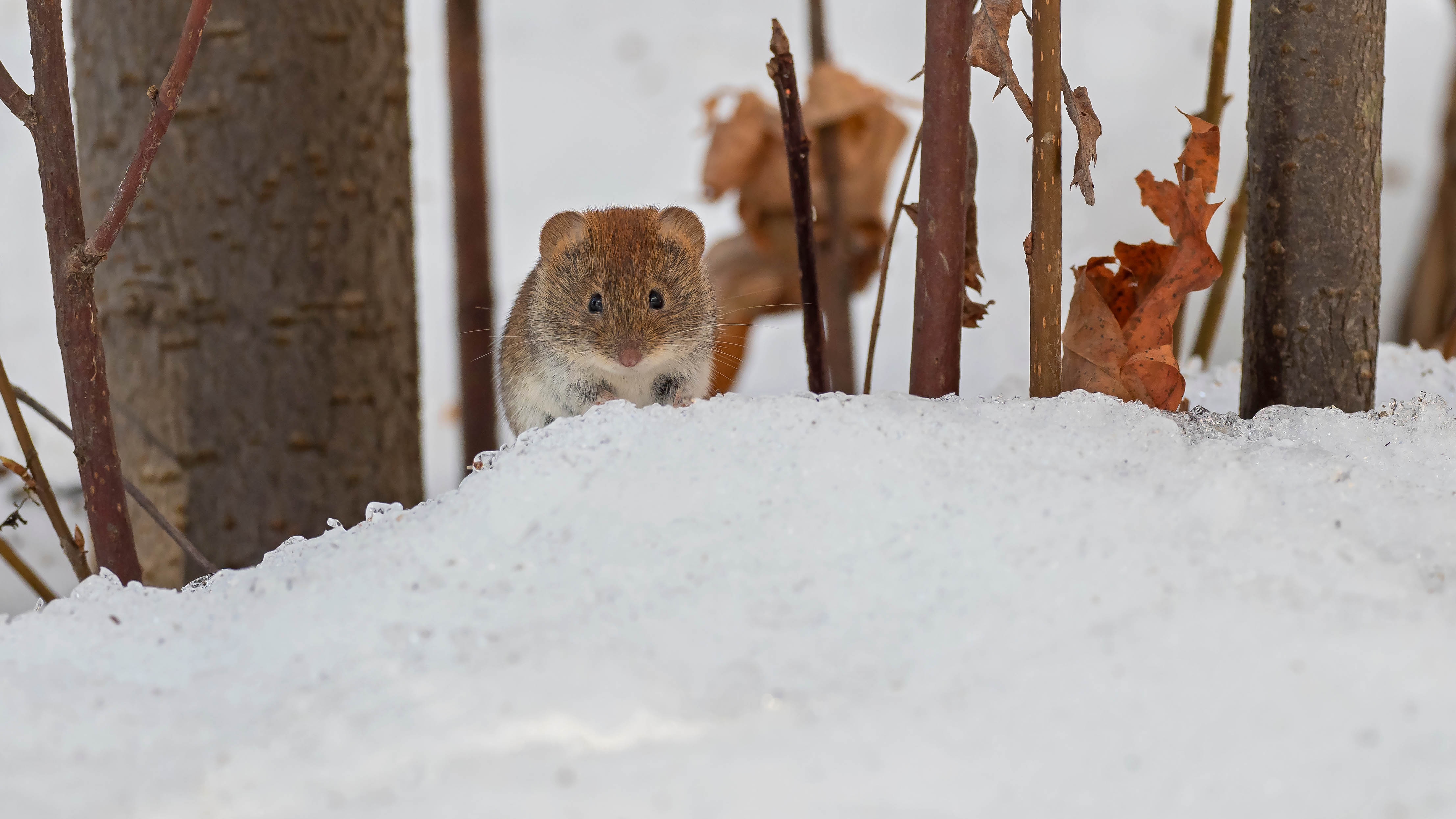
Dealing with a pest problem can be frustrating at the best of times. And while we thought we'd seen the back of summer bugs such as mosquitoes or wasps, the colder months bring about a new set of unwanted visitors (unfortunately).
According to pest control experts, winter is the prime season for certain pests who are on the hunt for warmth, shelter and food sources. Typically known as overwintering pests, these tend to creep inside the home or buildings through holes, cracks, and crevices, preferring a nice warm place.
Trouble is, once such pests settle inside your home, it can be challenging to get rid of them. What’s more, they can carry and spread a host of diseases which can affect your family's health, as well as cause potential damage to your property. That’s why the best course of action is to know what to look for, and put preventative measures in place. After all, the last thing you need is an infestation right in time for the holiday season!
Luckily, we have a few pest control experts on hand to share what pests are more active during winter, signs to look out for, and how to keep them from dwelling in your property or yard.
1. Rodents
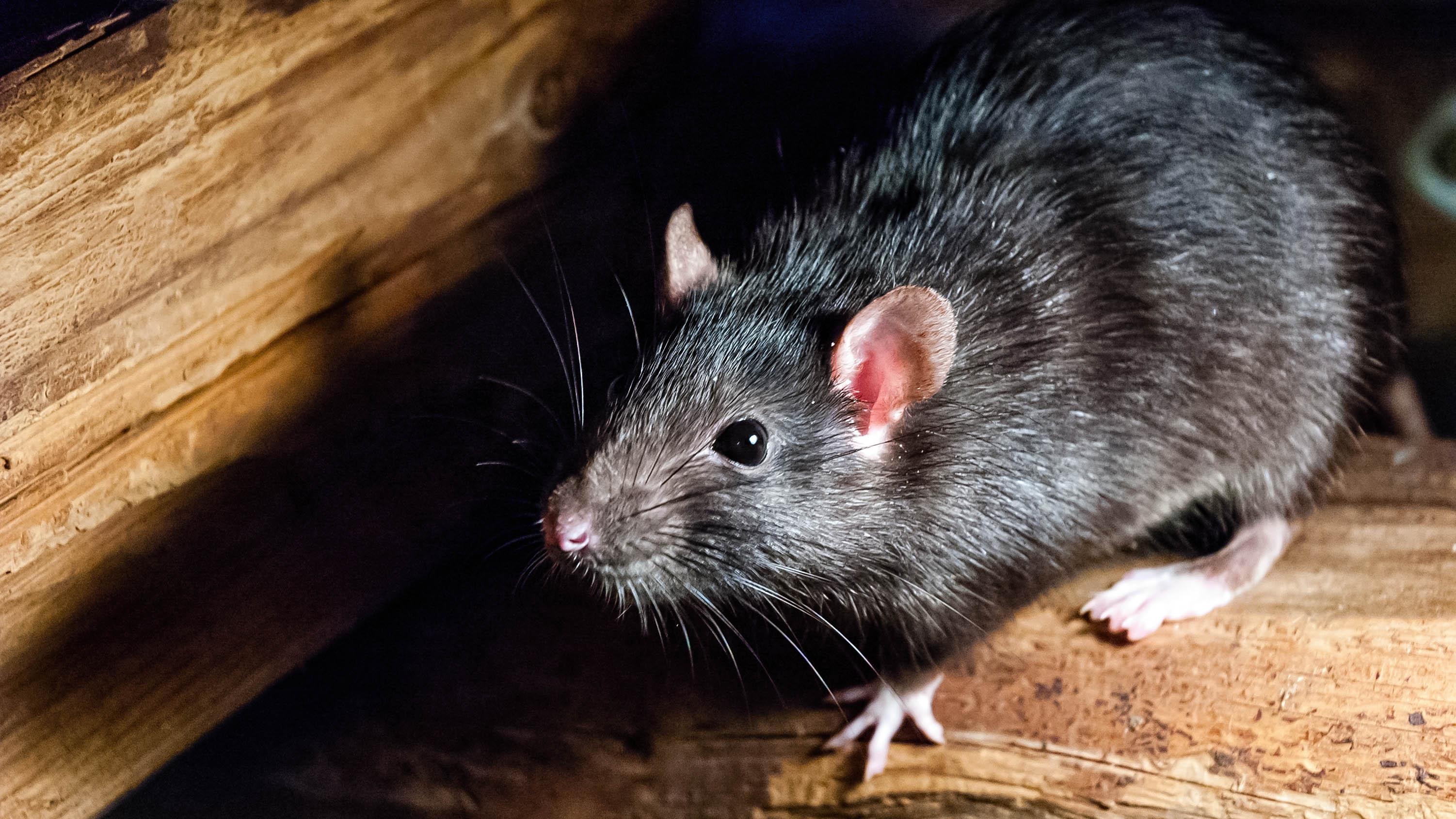
Although rats and mice can be spotted all year round, rodents are more active during winter. This is especially the case when the temperature starts to drop, and they're desperate to find a warm home and food. “Mice in particular are very sensitive to the drop in temperature and are adventurous and exploratory," states Blair Calder, CEO & Founder of Automatic Trap Company in California. "You’ll be surprised at the places they will discover such as your electrical boxes, inside your car engines and air vents, or in stored wicker furniture.”
The 100% certain give-away that you have rodents is droppings. Rats and mice are not ‘latrine’ animals; they drop little pellets of feces all the time, everywhere they go. If you see droppings, you’ve got rodents. Mice droppings are the size of an uncooked grain of rice, while rat droppings are the size of a puffed rice. Another thing to look out for is any chew marks around openings in your home. Both rats and mice are nocturnal, so scratching at night time in the walls is a sign you are infested.”
Another common, winter rodent to look out for are "roof rats." As the name suggests, these pests prefer high places to settle. “Typically tree dwellers, roof rats look for high places to nest inside structures, including soffits and attics, to survive the winter," says Scot Hodges, VP of Professional Development and Technical Services at Arrow Exterminators. "Like all rodents, they reproduce very quickly, making them nearly impossible to control without the help of a professional.”
Besides sealing all entry points into the home, ensure you keep all indoor and outdoor spaces clean and clutter-free. "Mice can fit through a hole the size of a dime! Be mindful of food left out on counters," agrees Jim McHale Entomologist, CEO & President at JP McHale Pest Management. "Keep food stored in airtight containers and promptly clean up crumbs or spills; regularly take out the trash to remove potential food sources."
You should also trim back vegetation and remove debris around the perimeter of your home to eliminate hiding spots for mice. When it comes to outdoor storeage, it's good to store firewood, gardening supplies and other outdoor items away from the house. And make sure they are elevated off the ground to prevent mice from nesting in them.
Lastly, "check through your attic, drop Ceilings and crawl Spaces for “hidden” mouse activity. This should be done by a professional who knows what to look for," says McHale.
2. Spiders

Noticed far more spiders in your home than usual? That's because spider populations thrive during wintertime. "Spiders will find a cozy little nook to tuck themselves away until next spring," states Matt Smith, co-owner of Green Pest Management. "One misconception is that pests just fly south for the winter, or all die, then springtime comes and they all just seem to reappear. The eggs that have been laid, and the living insects that harbored the winter, come out in search of food and for breeding.
The best way to prevent winter pests is to spray your property on a schedule and not just when you see a problem. You will need to do a little research and figure out what sprays and techniques work best for each insect. If you don’t want to do it yourself there are many pest control professionals that will get the job done for you.”
Alternatively, you could try one of these natural, non-toxic ways of getting rid of spiders or avoid these 3 things that are attracting spiders to your home.
3. Cockroaches
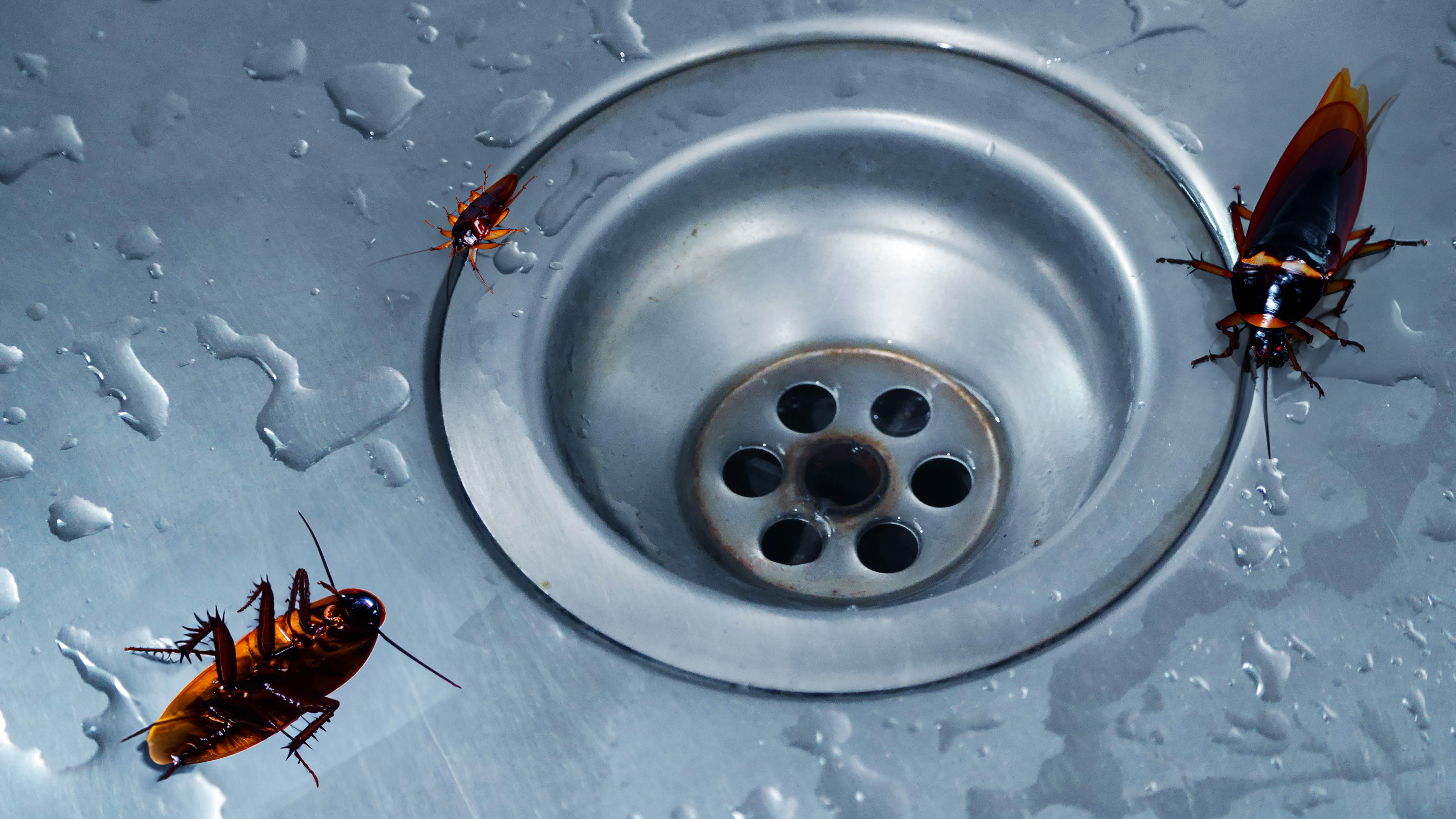
It's always unnerving when you spot a cockroach and experts warn to be on the lookout for German cockroaches species this winter. “On the insect front, German cockroaches and spider populations continue to linger as temperatures drop," adds Dr. Hamilton Allen with Fox Pest Control. "Beyond visual signs, exclusion, sanitation, and keeping a watchful eye are all great courses of action to take before winter starts.
As mentioned earlier, pests use your home to obtain life’s essentials so it’s best to check your space for potential pest entry points and signs of pest presence on a regular basis. Seal entry points around windows/doors with caulk or proper weatherstripping. We all like to think that our homes are airtight but that isn’t the case. Heat constantly escapes during the winter and pests will find these gaps."
4. Raccoons
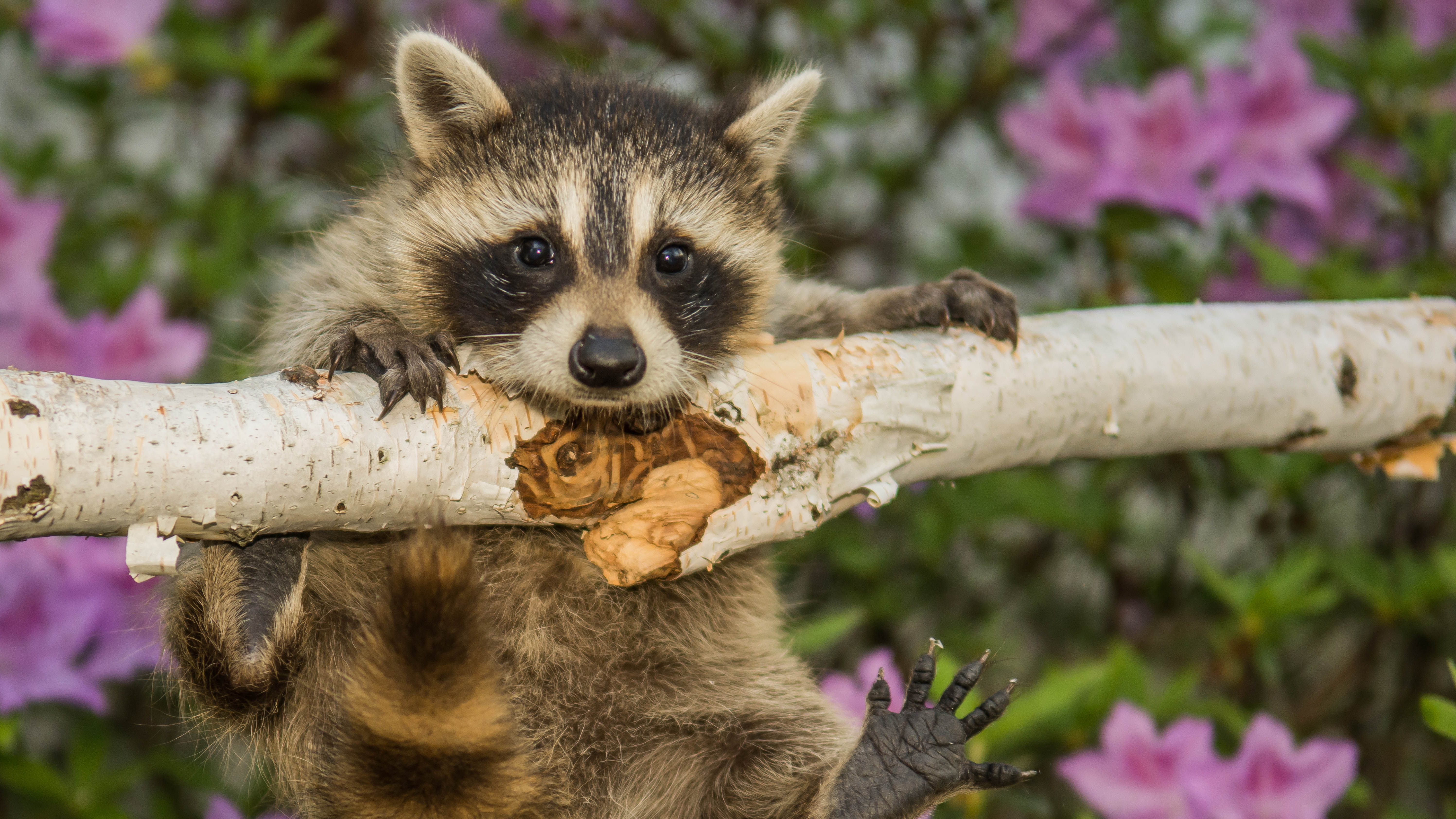
These creatures may look cute, but racoons can wreak havoc in your yard and destroy your property. More importantly, they are known to carry disease such as rabies, which makes them a harmful pest.
"These masked bandits live in a constant search for food and shelter," agrees Scot Hodges, VP of Professional Development and Technical Services at Arrow Exterminators. "They use their very adept hands to open garbage cans, remove siding, and even tear off shingles. Categorized as an extremely dangerous and destructive pest, raccoons can cause structural damage to a home and infest living spaces with fleas and parasites. They are also known to carry rabies."
Hodges also states there are key things to look out for if you suspect racoons in your yard. "Look out for toppled garbage cans, trash strewn across your yard, low growls and shuffling noises as raccoons run along your roof or inside your walls. Keep outside cooking areas and grills clean.
Ensure bird feeders are away from the house and use guards to limit access to the feeder. Do not leave pet food or water bowls out overnight.Use a thick plastic or metal garbage can with a tight lid – and always keep it sealed. And if you see any rodent in your home – alive or dead – it's time to call an exterminator."
5. Cluster flies
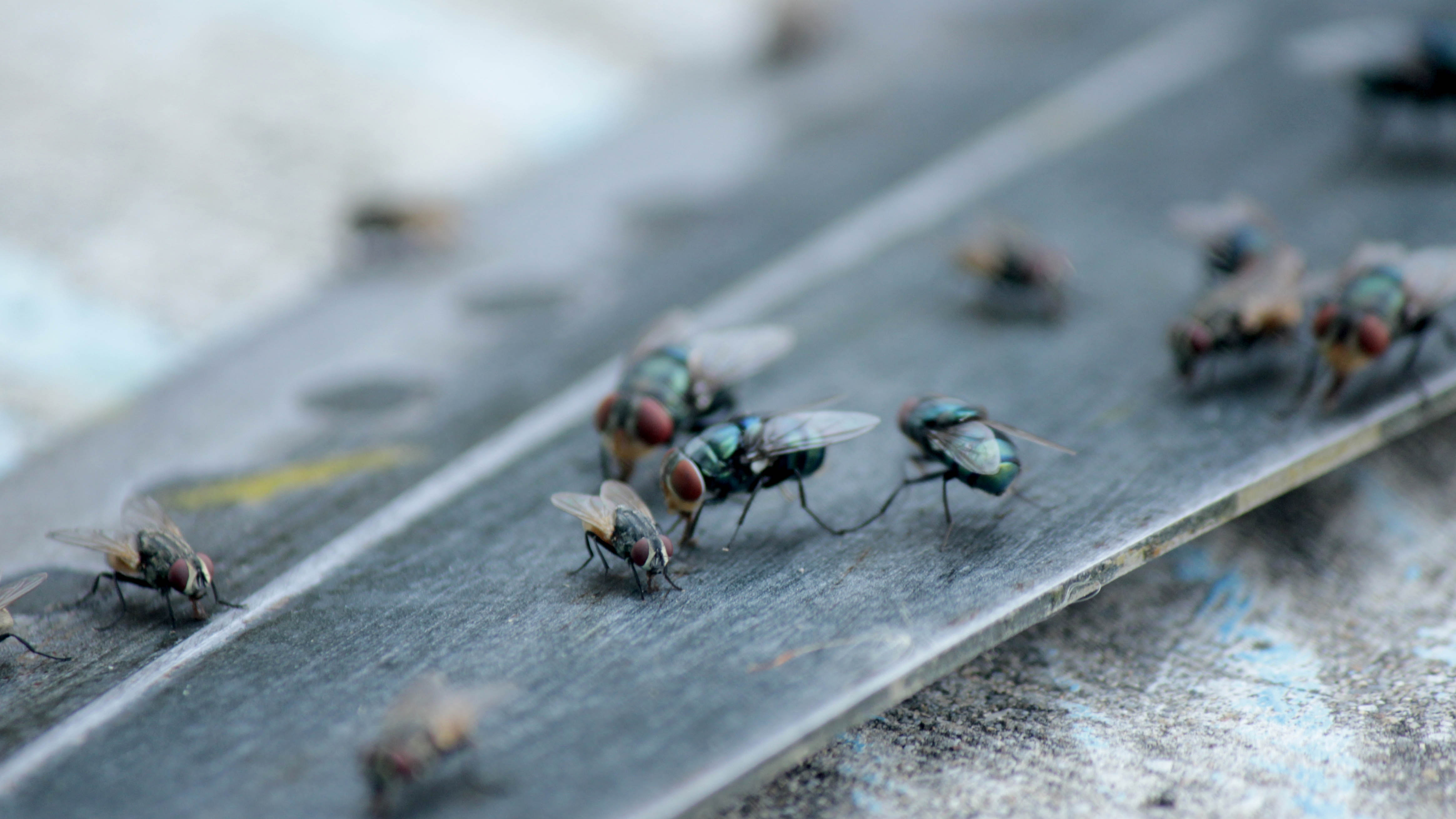
It might seem like the wrong time of year for flies, but cluster flies are considered to be the 'winter loft invaders', entering your home through small cracks in the wall. “Cluster flies, parasites of earthworms, spend most of their lives underground,” states John Stewart, a technical expert from sustainable pest prevention specialist, Pelsis. “As temperatures drop in autumn, they migrate to loft spaces to hibernate. These large, golden-haired flies are often mistaken for bluebottles. Homeowners might notice them gathering on sunny south-facing walls, then entering through small cracks and openings. Activity in the Home: When central heating is switched on, these flies may become active again, emerging from light fittings or loft hatches and heading towards windows in large numbers."
If you spot cluster flies, the best course of action is using a powerful vacuum cleaner to remove flies gathered around windows. Alternatively, you can use sticky traps, and place insect traps on windowsills to catch them. You can also buy non-toxic devices such as Cluster Busters to capture and dispose of such pests. "Winter pests can be a nuisance, but with proactive measures, you can reduce the likelihood of infestations and protect your home from unwelcome visitors.”







